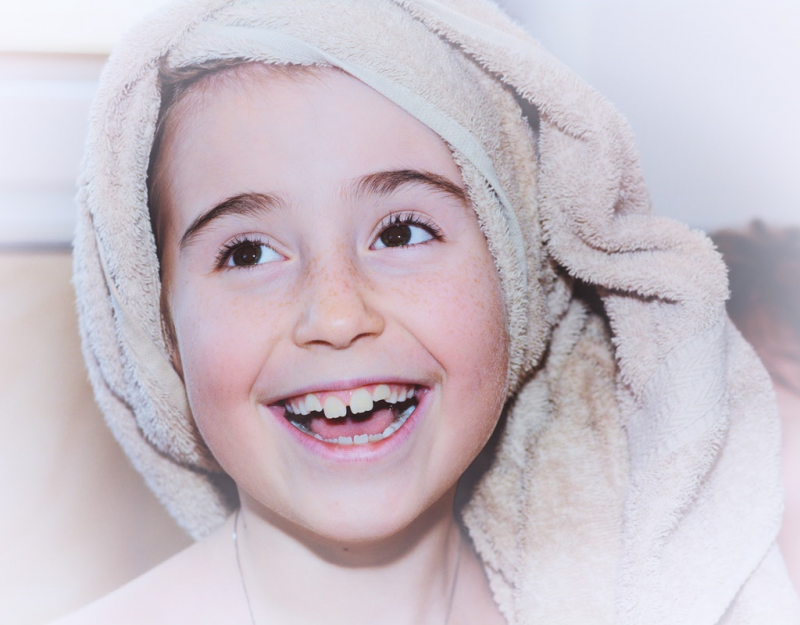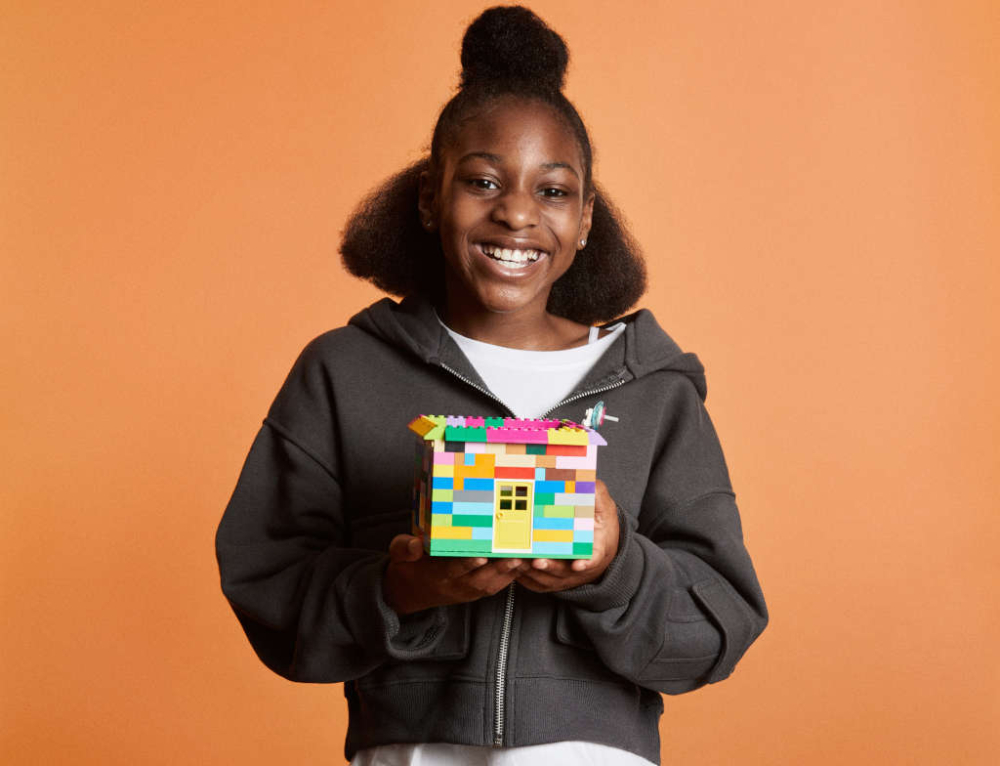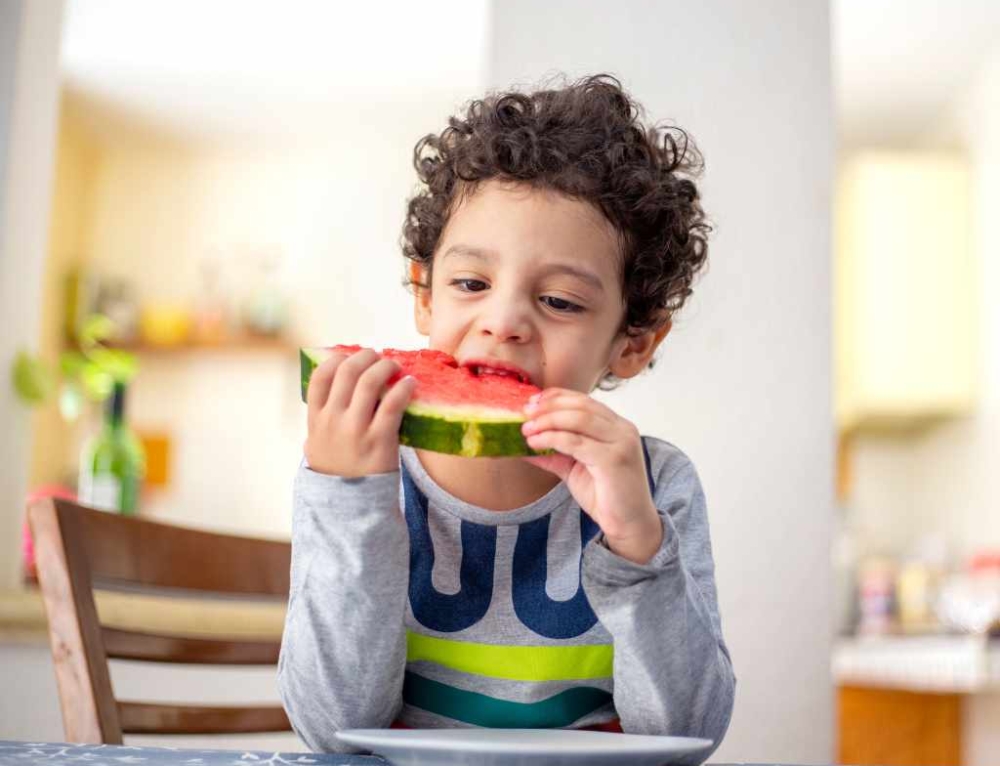The set of 32 permanent teeth (also known as adult teeth or secondary teeth) don’t begin to develop until after baby is born. In some cases, the last set of molars – the wisdom teeth – never develop, so a set of 28 permanent teeth is considered normal too.
Losing the baby teeth
After your child turns six, they will start to get regular visits from the tooth fairy! The baby teeth will begin to get wobbly and then fall out (usually in the same order that they first appeared) as the root is resorbed and the permanent tooth moves into a position to erupt through the gum.
Eruption of permanent molars
Just as your child’s baby teeth begin to fall out, the first permanent teeth erupt in his mouth. The four molars (not surprisingly, often called the six-year-old molars) – two in the upper jaw and two in the lower jaw – erupt through the gum that is at the back of the mouth behind their existing baby teeth.
Like baby teeth, the timing of the appearance of permanent teeth is different for every child and cannot be hurried. Generally though, the order of eruption and rough timeline for each type of permanent tooth includes:
- First molars – between six and seven years
- Central incisors – between six and eight years
- Lateral incisors – between seven and eight years
- Canine teeth – between nine and 13 years
- Premolars – between nine and 13 years
- Second molars – between 11 and 13 years
- Third molars (wisdom teeth) – between 17 and 21 years
This article was written by Ella Walsh for Kidspot New Zealand. Sources include Vic. Govt’s Better Health Channel.







Leave A Comment
You must be logged in to post a comment.